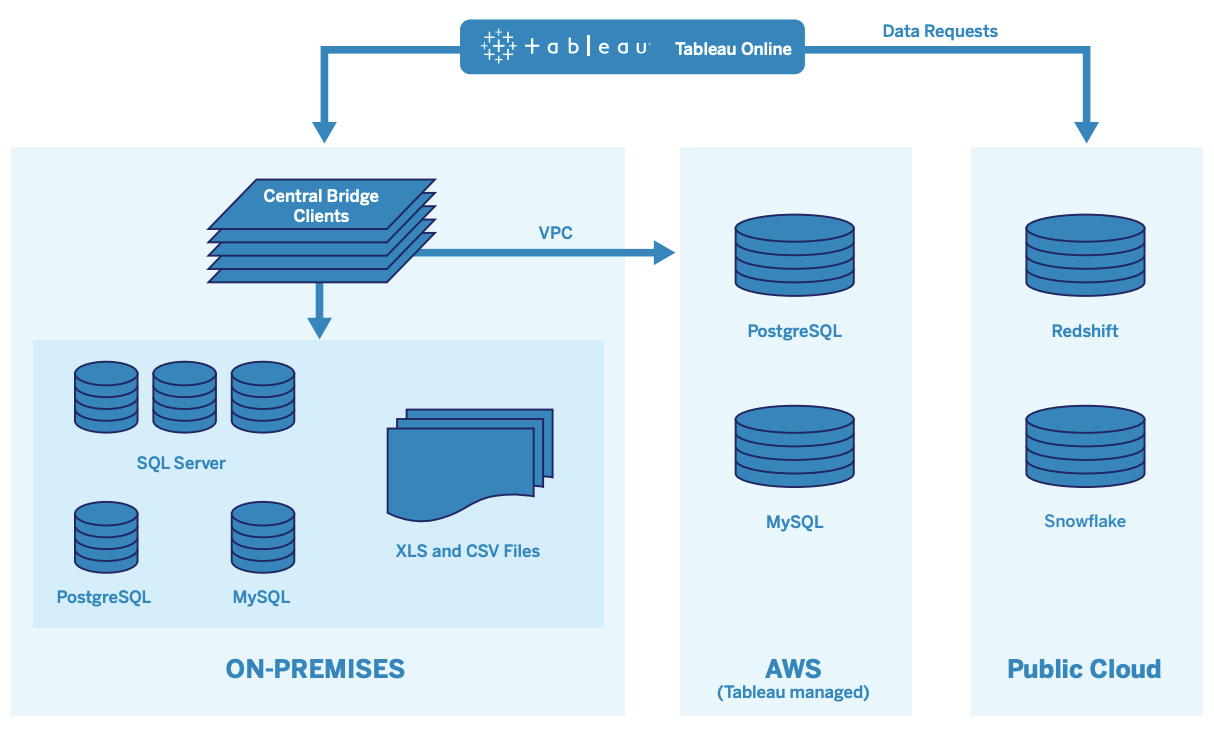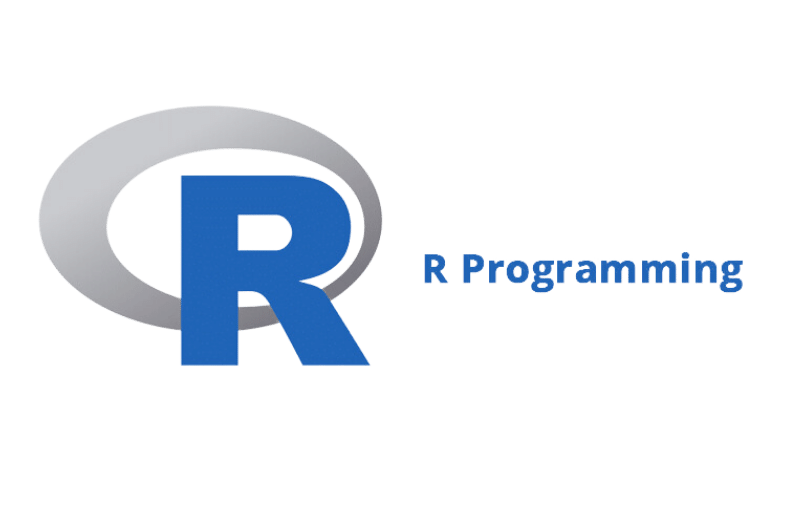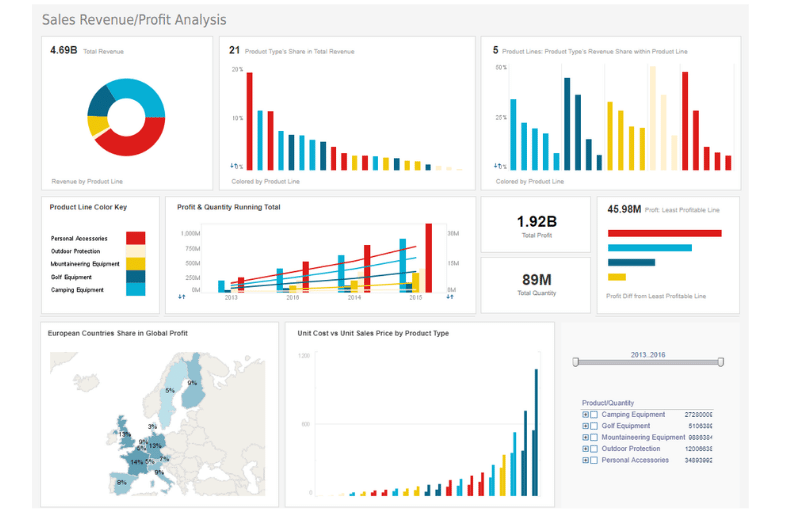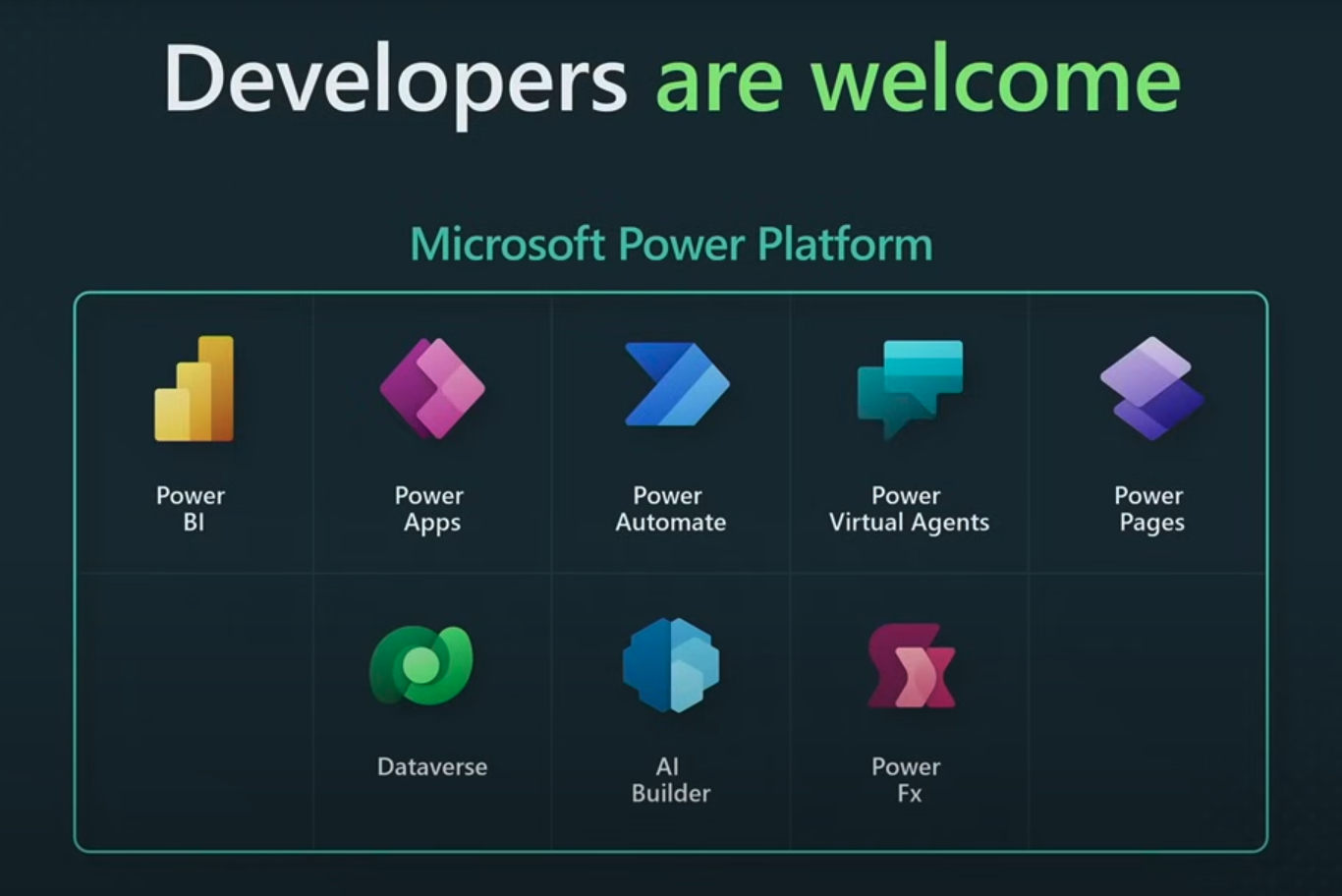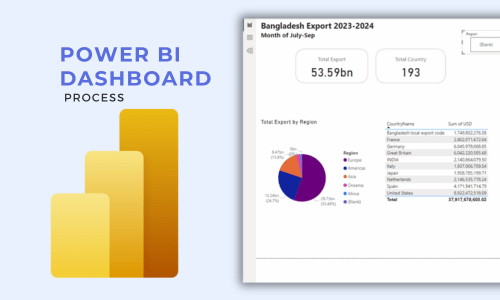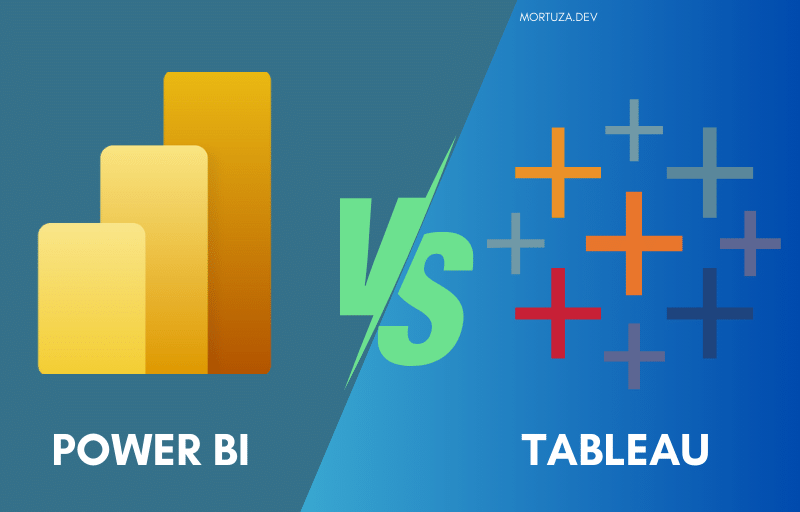
Power BI vs. Tableau: Finding the Ideal Choice for Your Needs
Microsoft’s Power BI and Tableau are two prominent solutions in the field of business analytics. Both tools serve the purpose of analyzing and visualizing data, making data-driven decisions, and facilitating data sharing within organizations. In this comparison, we will explore the differences between Power BI and Tableau.
Tableau
Tableau is a robust visual analytics tool widely used in the business intelligence sector. It empowers organizations to extract insights from large datasets and solve complex problems. By promoting data-driven decision-making, Tableau stands as a secure and user-friendly analytics platform.
Power BI
Power BI, developed by Microsoft, is an interactive and scalable data visualization software used for business intelligence and data visualization. It comprises a suite of technology-driven components, including apps, software, connectors, and services. Power BI is commonly used by enterprises to create and publish business intelligence reports.
Key Points of Comparison:
Cost
Power BI is more cost-effective, making it a preferred choice for startups with budget constraints. Tableau is comparatively expensive, with a higher subscription cost.
Data Visualization
Tableau is recognized for its industry-leading data visualization capabilities, offering customized dashboards for different devices. Power BI provides easy-to-use drag-and-drop functionality for creating appealing visualizations within reports and dashboards
Deployment
Tableau offers greater deployment flexibility with both cloud-based and on-premises options, while Power BI is limited to Azure in the cloud
Complex Data Handling Capacity
Tableau is more efficient in handling large datasets, making it the preferred choice for scenarios involving substantial data repositories.
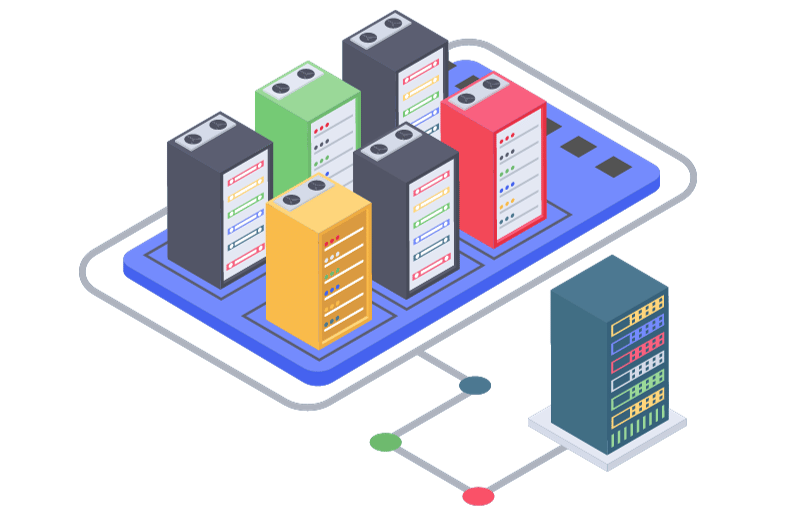
Functionality
Tableau offers more advanced data manipulation capabilities, making it suitable for complex data scenarios
Integration
Both tools integrate with third-party data sources, but Tableau has an edge in connecting to a wide range of databases, including Hadoop databases.
Programming Tools Support
Tableau has better integration with programming languages like R. Power BI requires an external tool (Microsoft Revolution Analytics) for R integration.
User Interface
Power BI has a simpler and more intuitive user interface, making it easier for beginners to learn and work with.
Support and Community
Tableau benefits from a larger and more established user community compared to Power BI, which is relatively newer.
Conclusion:
Choosing between Power BI and Tableau depends on your specific requirements. Power BI is favored for its ease of use and simplicity, making it suitable for non-data analysts. In contrast, Tableau excels in handling complex data and offers higher-quality visualizations, making it a preferred choice for medium-to-large enterprises. Ultimately, the choice between the two tools should be based on your unique needs and priorities.



